The Global Disability Summit is taking place today, a world first designed to shine a light on barriers that have too long held back people with disabilities, as well as proven approaches for addressing them. With a special focus on gender and development, this is an historic moment which has the potential to galvanise global action towards a more inclusive society. It’s time to demand progress in the most fundamental of rights for girls with disabilities: education.
But what factors shape the educational pathways of girls with disabilities, and what will it take to ensure that they too can access the education they need in a safe and supportive learning environment?
Still Left Behind
Gender is a well-documented factor leading to marginalisation in education. However, the impact of disability on gender in the context of education is less well known. Despite the strides made towards gender parity in education, we know that less than 40% of countries provide girls and boys with equal access to education. 15 million girls of primary school age will never get the chance to learn to read or write compared with about 10 million boys. Most often, these are the girls facing additional barriers to education, where gender intersects with extreme poverty, ethnic or linguistic minority, and disability.
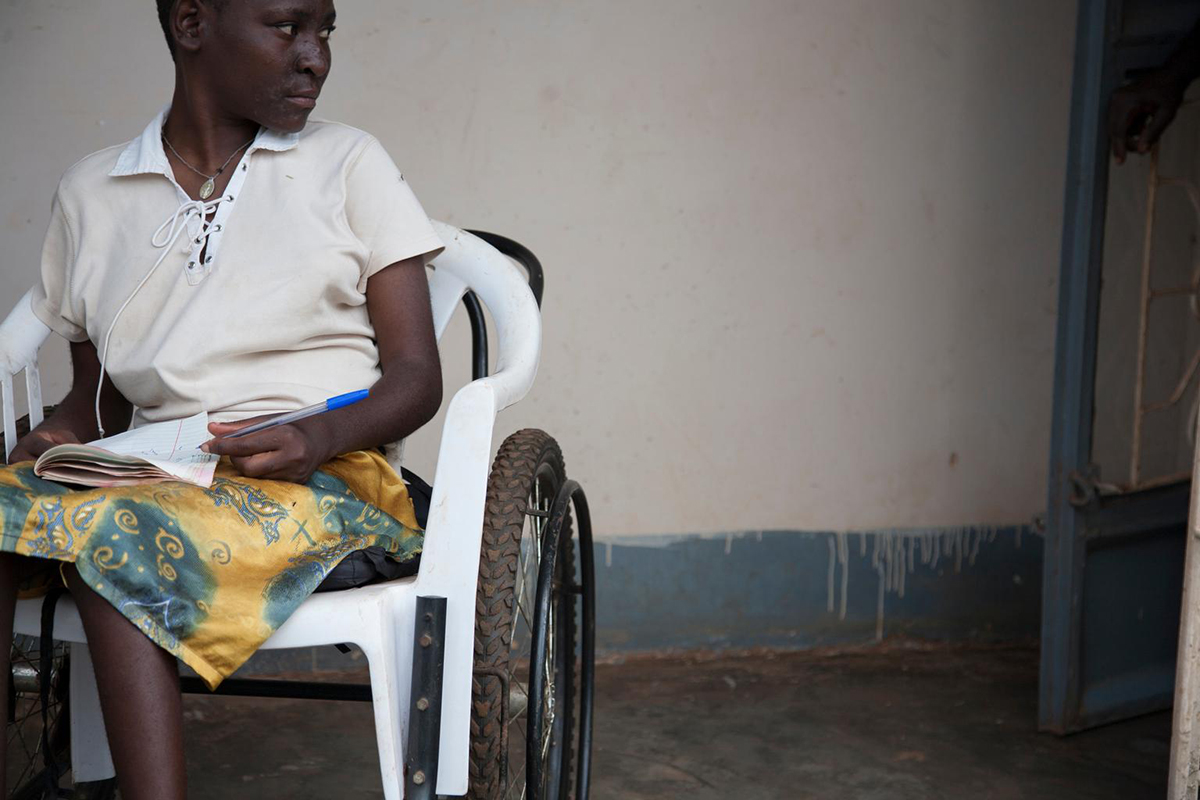
Many of these girls are undocumented, and therefore unseen in large data sets. As a result, too often, education programming excludes girls with disabilities. Inadequate targeting strategies, a focus on enrolment rather than participation, and a lack of teacher training means that girls with disabilities are being left behind. Similarly, special education programming more often than not fails to apply a gender lens by adopting strategies to identify out of school girls with disabilities and tackle the particular forms of discrimination and school-related gender-based violence (SRGBV) that they face.
What are the consequences?
A growing body of research reports, including Still Left Behind by Leonard Cheshire and UNGEI and Adolescents with Disabilities by the GAGE Programme, explore the compounding barriers that girls with disabilities experience at family, societal and institutional levels, leading to a trajectory of marginalisation. In addition, emerging research shows that although boys and girls with disabilities experience similar types of social exclusion at school, girls are further impeded by socio cultural perceptions of their learning and employment capabilities (as girls, and as persons with a disability), higher rates of sexual abuse, and a lack of adequate WASH facilities for menstruation management.
When girls with disabilities are excluded from education they are also more likely to be excluded from employment opportunities and, with this, social status. They are unable to challenge negative perceptions of disability in their communities and become the role models that the younger generation so desperately needs. Girls with disabilities are at an increased risk of physical and sexual abuse, and, without education, they are denied the chance to learn about their rights and the ability to report on abuse of those rights.
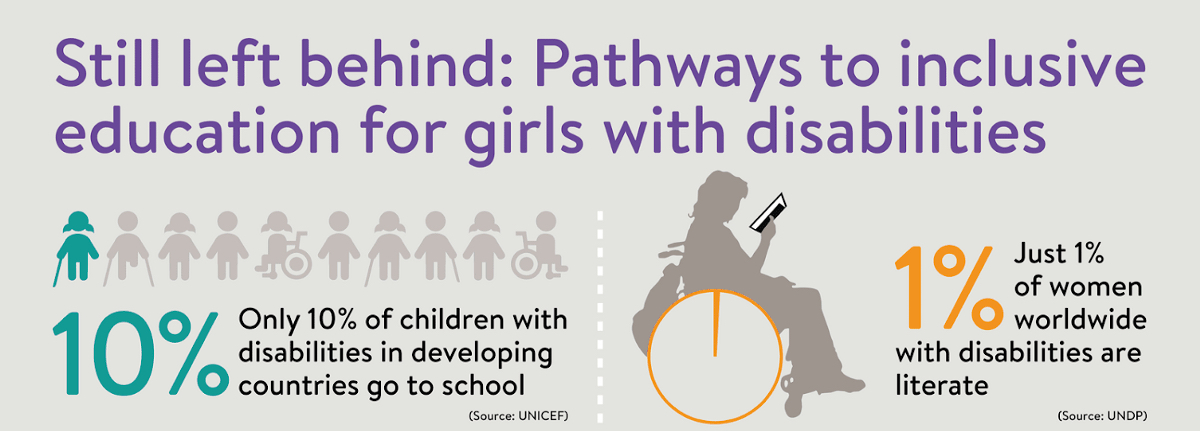
The case for inclusive education
Research findings indicate that education which is truly inclusive leads to better learning outcomes for all students. Based on the concept that education should address and respond to the diverse needs of all learners, inclusive education is about quality education, equal participation, and safety to learn without fear of discrimination or violence. It is about developing education systems that support all children, including the most marginalised and hard to reach.
The links between gender-responsive and inclusive education in terms of improved learning outcomes, economic gains, and overall country development, are indivisible. Yet in education programming, it is a weak link — a gap in communication and collaboration through which millions of girls with disabilities are falling and being failed.
What needs to be done?
With today’s Disability Summit focusing global attention on a number of important issues pertaining to disability rights and inclusive education, now is the time to act.
Supporting research and advocacy efforts aimed at better understanding and addressing the educational needs of girls with disabilities is a key facet of UNGEI’s strategic goal to advance gender-responsive teaching and learning. In order to understand the impact of gender and disability on education access, retention and outcomes, we need to collect data about the girls themselves and their learning environment, including peers without disabilities, teachers, and the wider community. However, the current lack of comprehensive and comparable research and reporting of good practice is impeding the design and implementation of effective programmes, as well as a more nuanced understanding of the issues themselves. Until we take measures to address this, girls with disabilities will continue to be excluded from education.
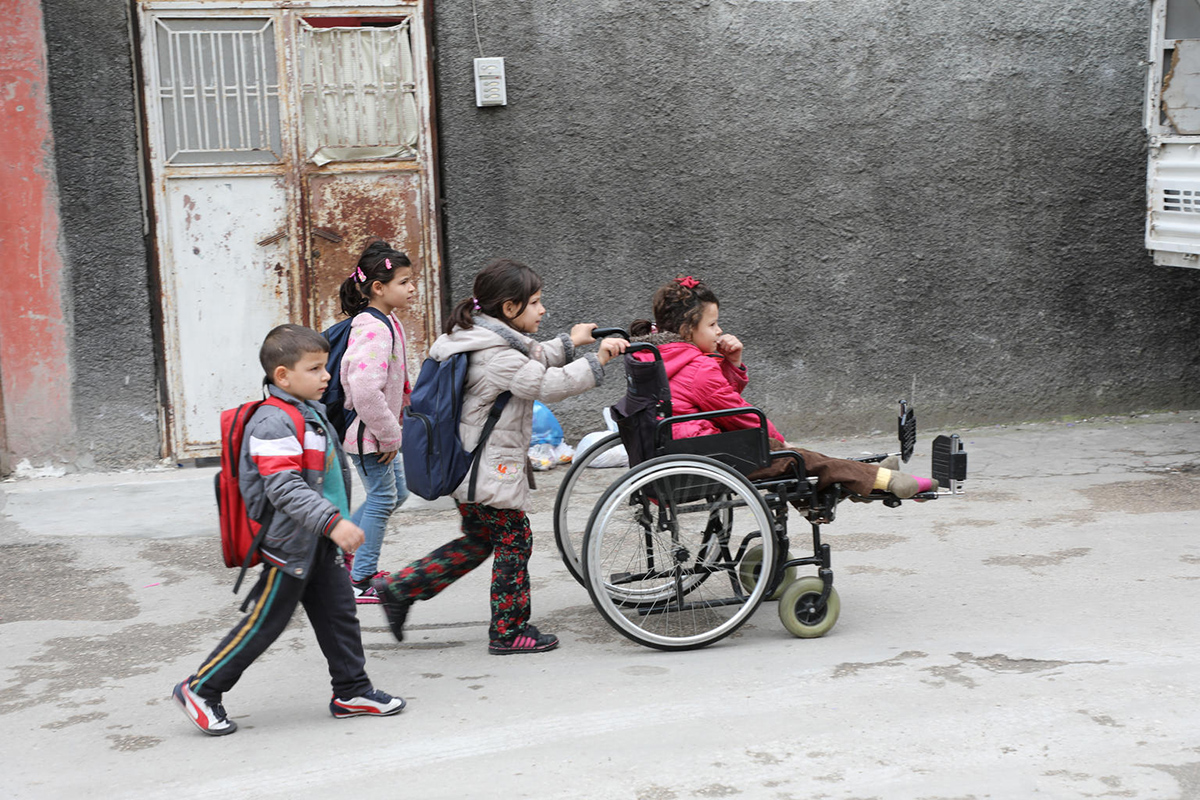
The conceptual framework developed by DFID to more accurately describe and address educational marginalisation is an important first step in recognising marginalisation as both a process and an outcome. It can be used as a planning tool to target and support specific subgroups of marginalised girls, including those with disabilities. In addition, the UNICEF/Washington Group Child Functioning Module presents an important opportunity to gather and disaggregate quality data on gender and disability that can be assimilated internationally to inform future programming and learning on inclusive education.
Awareness-raising projects such as those carried out by UNGEI partners Leonard Cheshire International in Kenya and VSO International in Ghana, are showing how to tackle gender and disability norms and perceptions through community and student sensitisation. These programmes demonstrate a more holistic approach to gender and inclusive education, as well as what can be achieved with increased funding for capacity building and the attitudinal development of teachers and education practitioners.
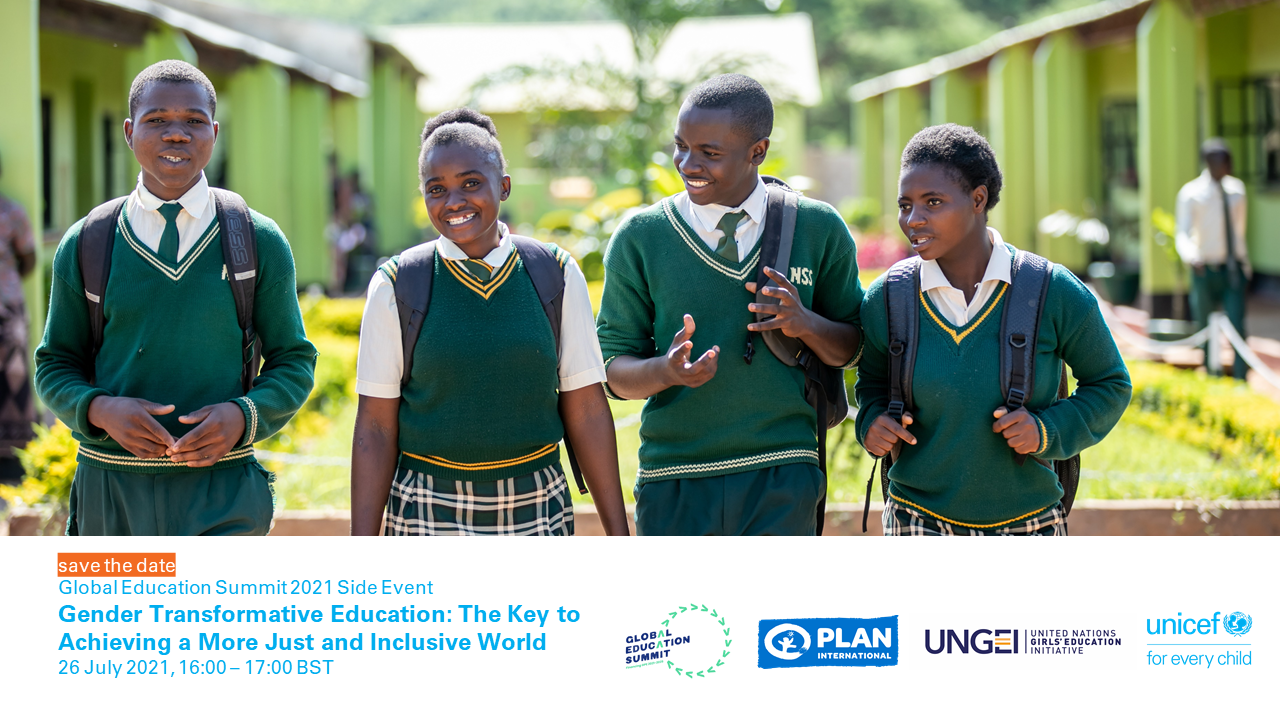
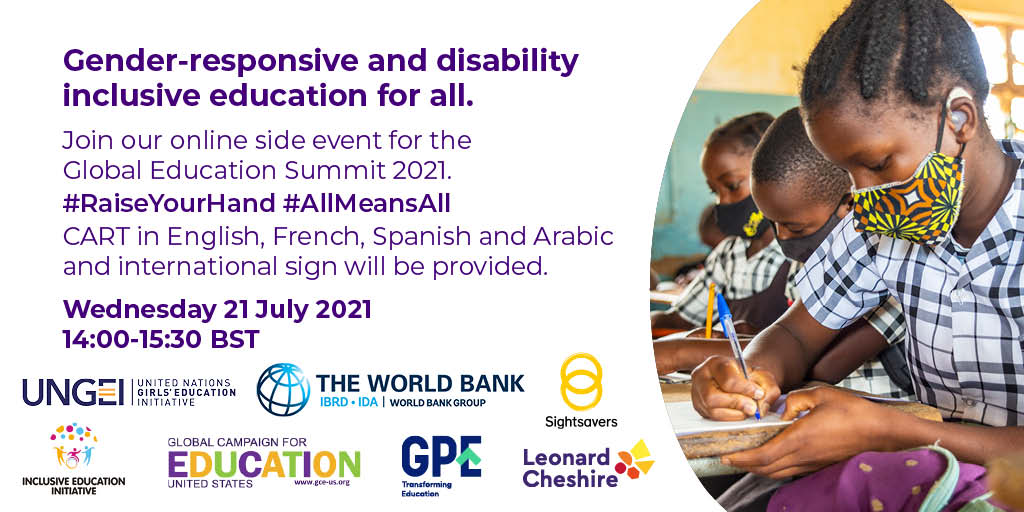
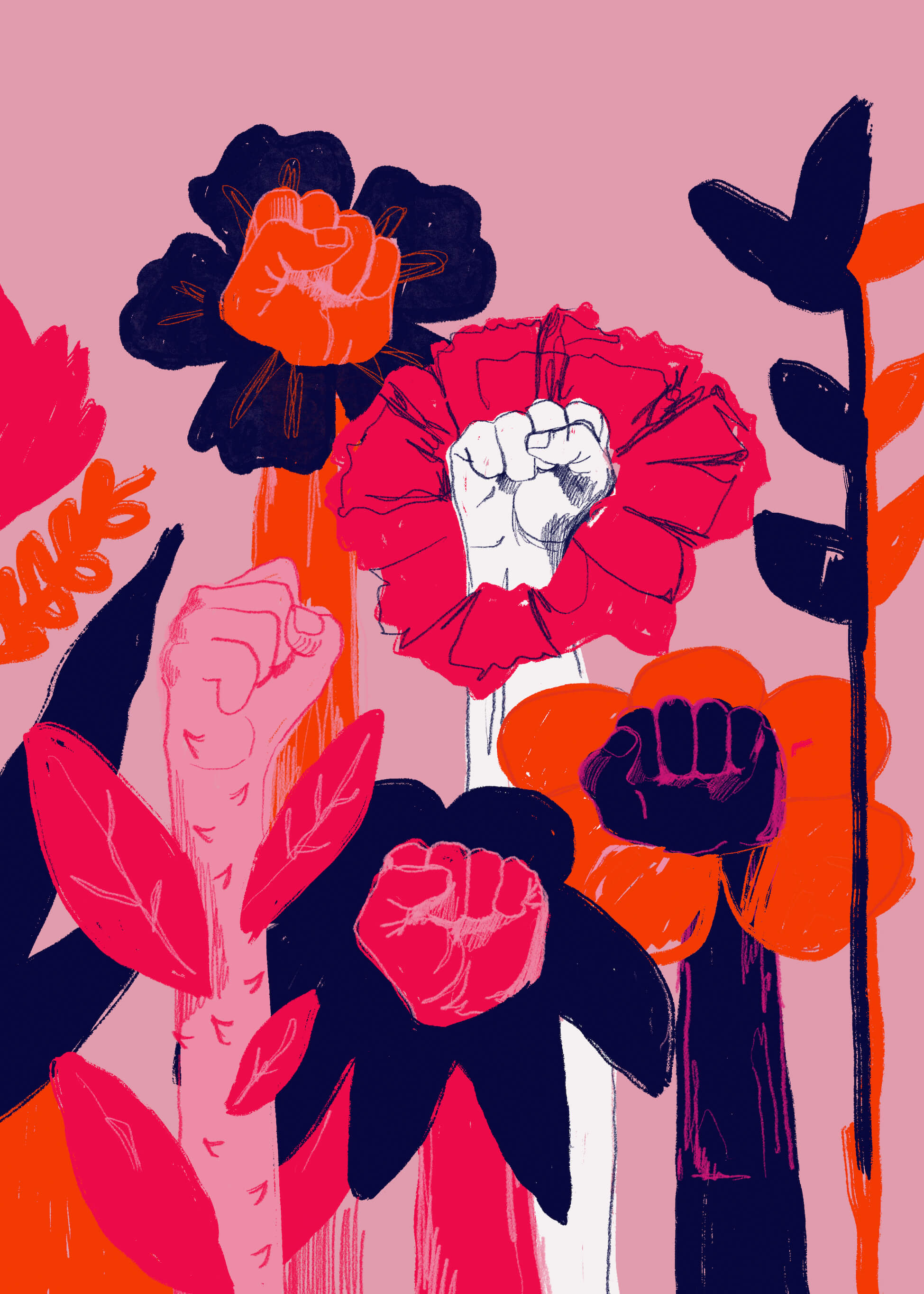
 English
English العربية
العربية Български
Български Hrvatski
Hrvatski Čeština
Čeština Dansk
Dansk Nederlands
Nederlands Suomi
Suomi Français
Français Deutsch
Deutsch Ελληνικά
Ελληνικά हिन्दी
हिन्दी Italiano
Italiano Română
Română Русский
Русский Español
Español Maltese
Maltese Zulu
Zulu አማርኛ
አማርኛ